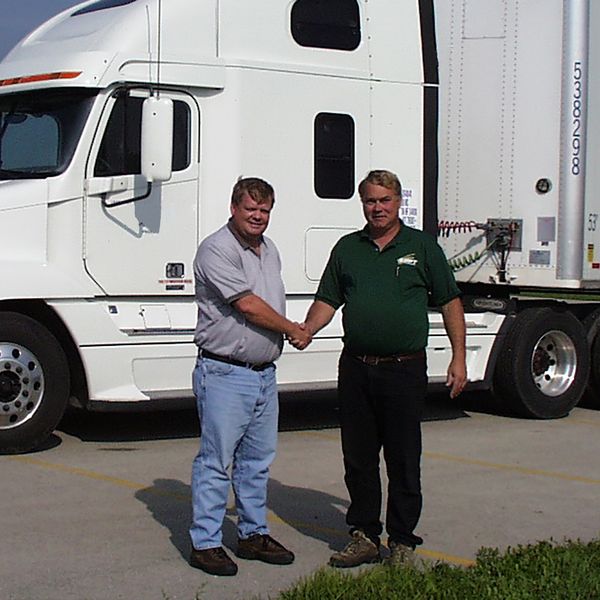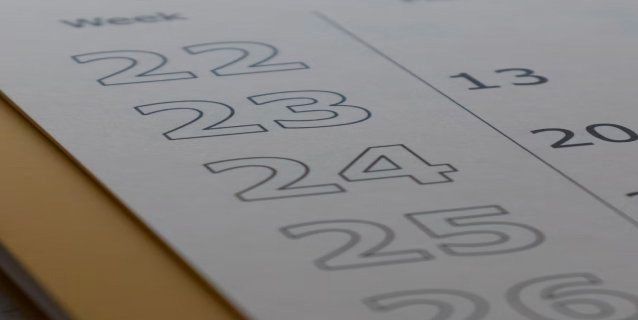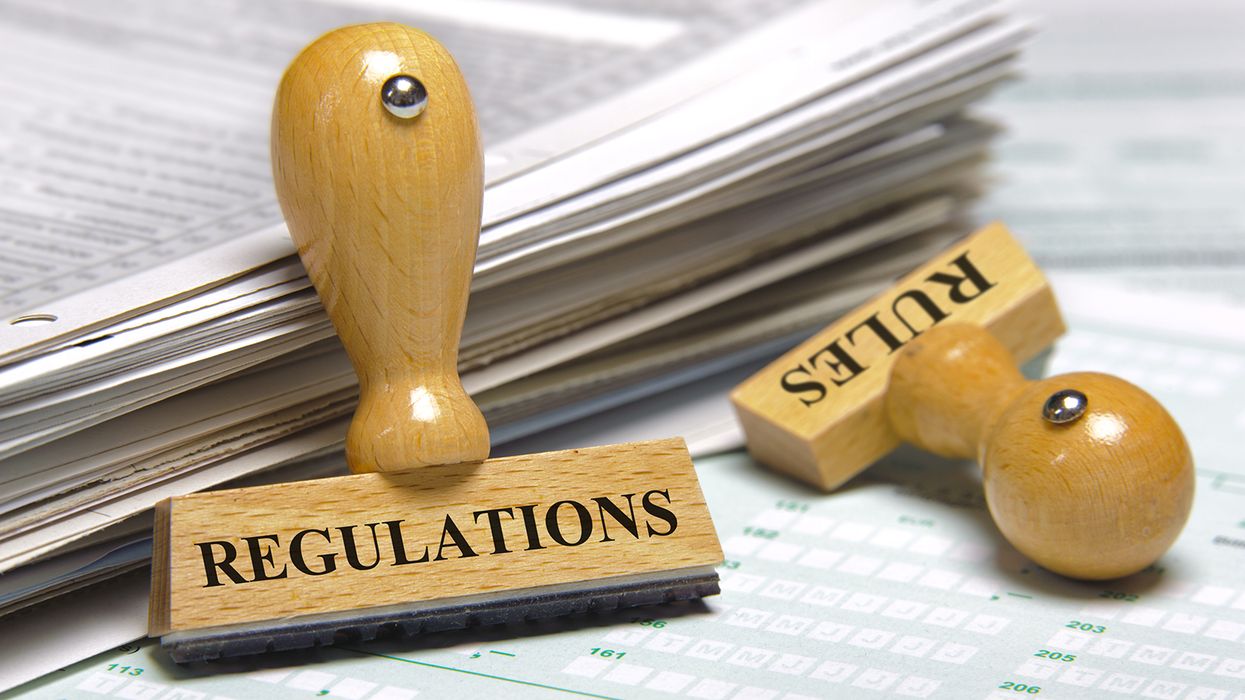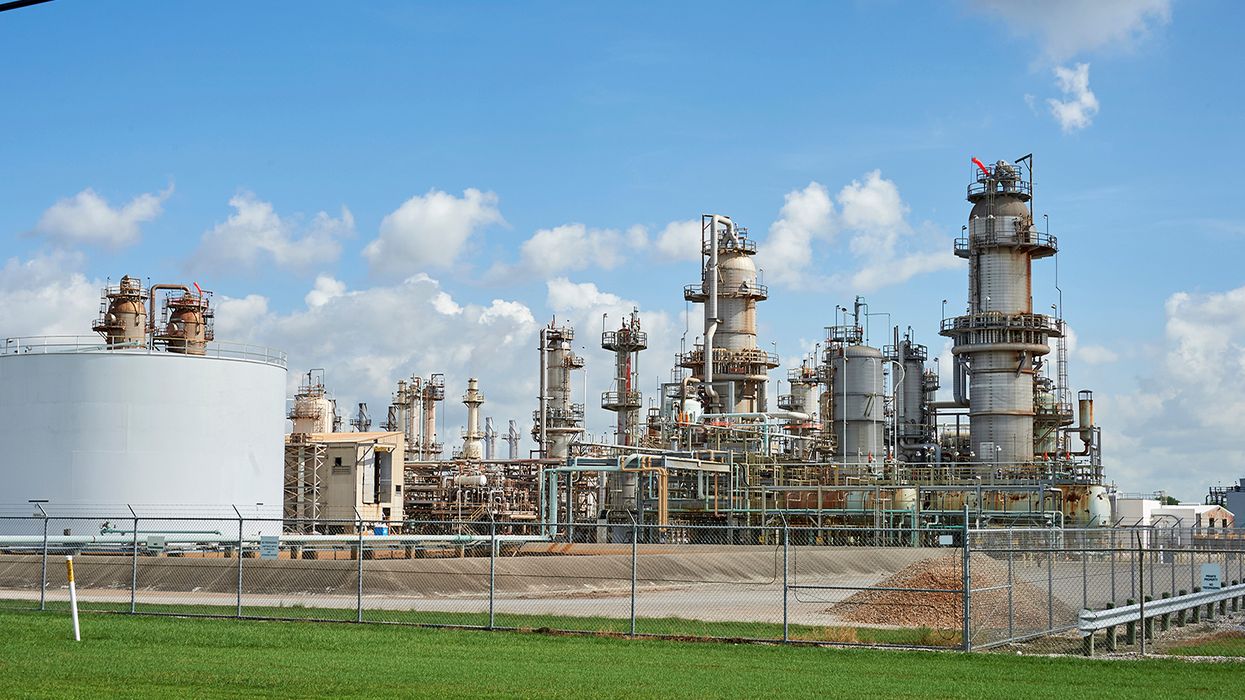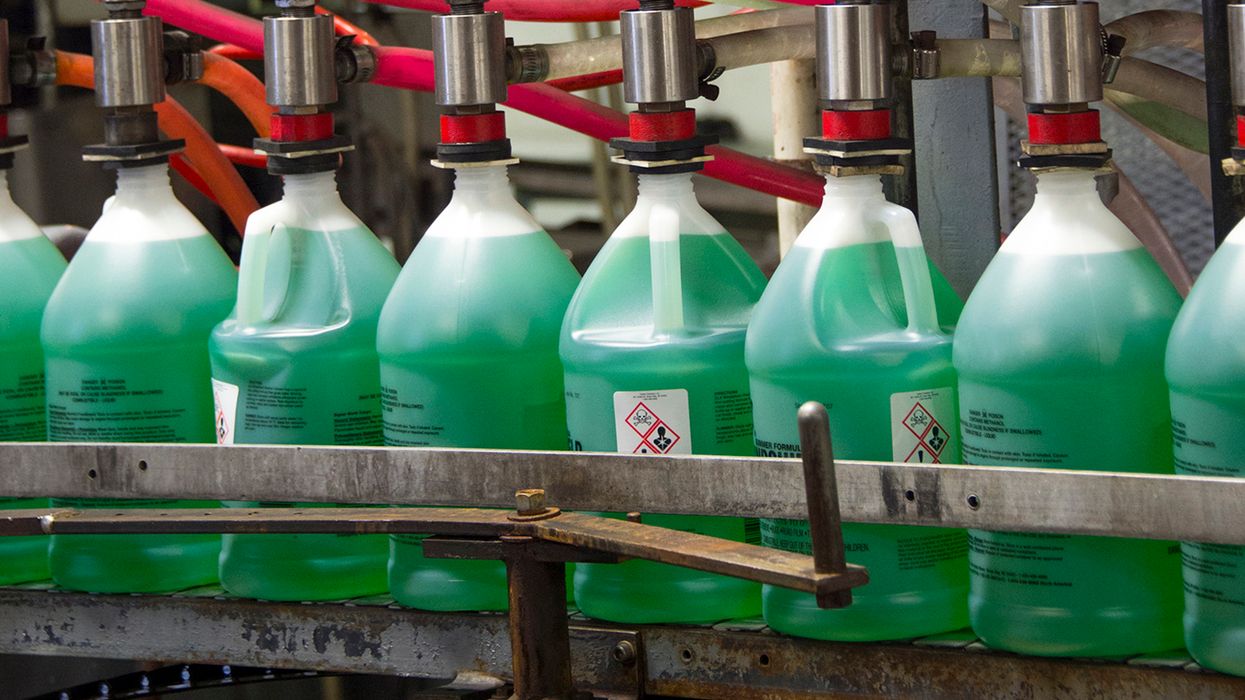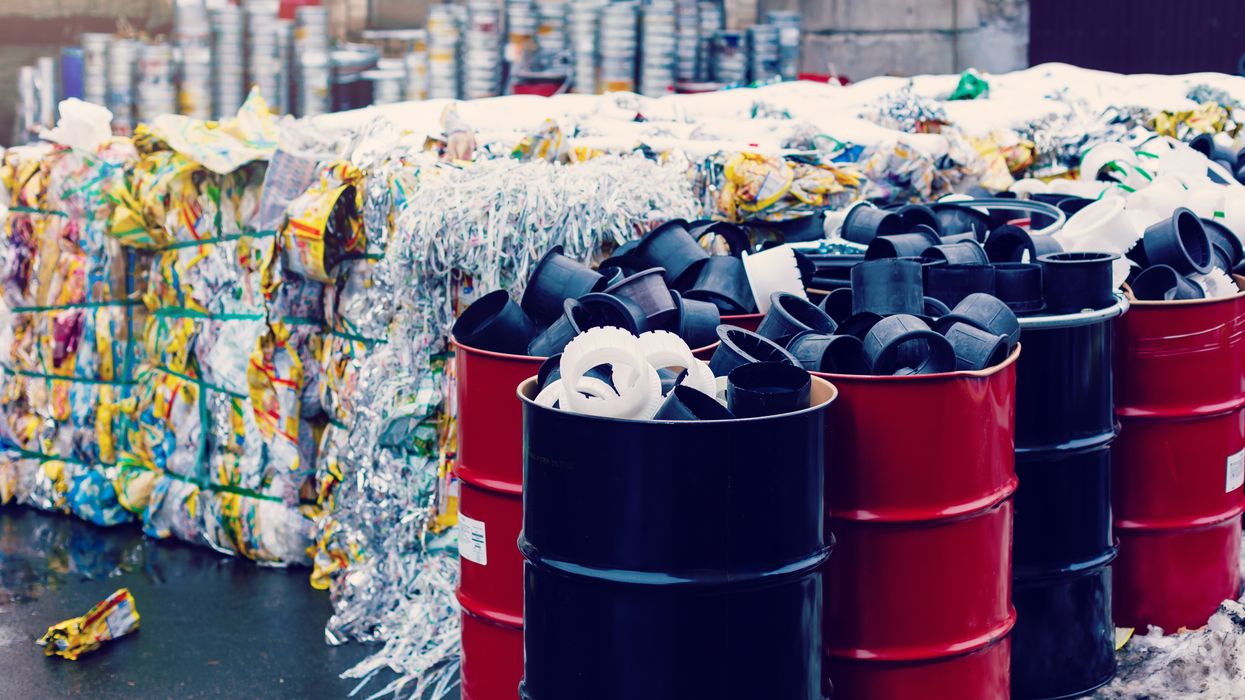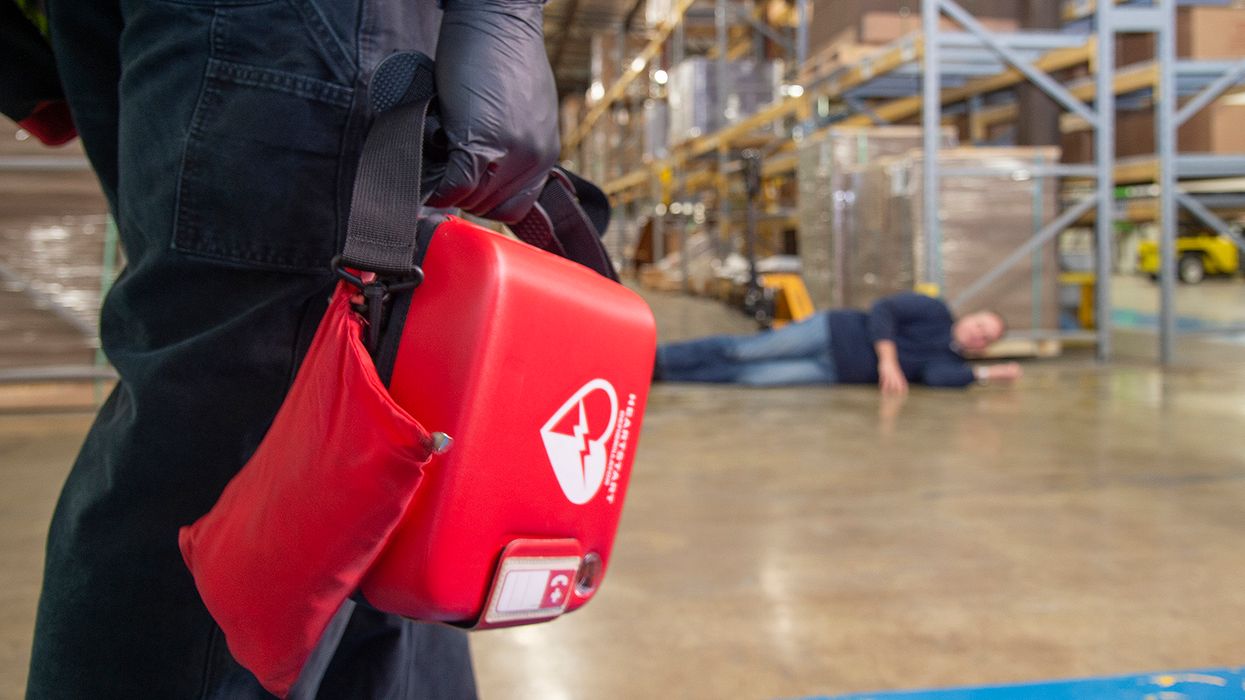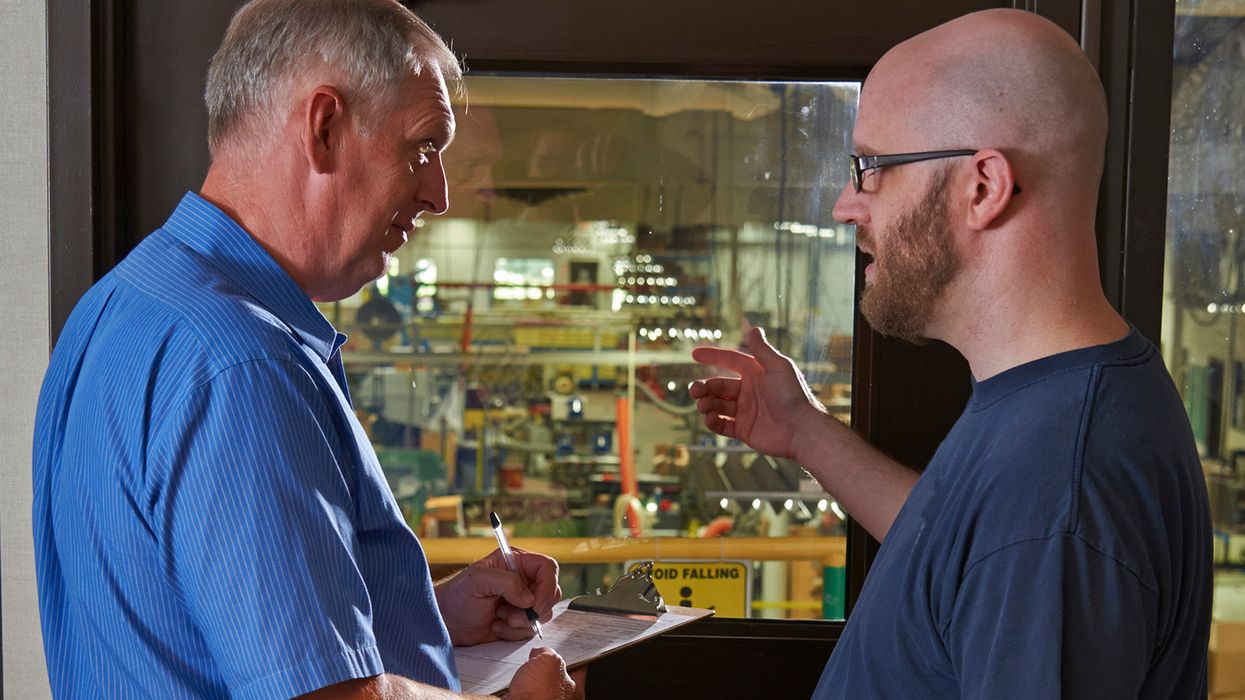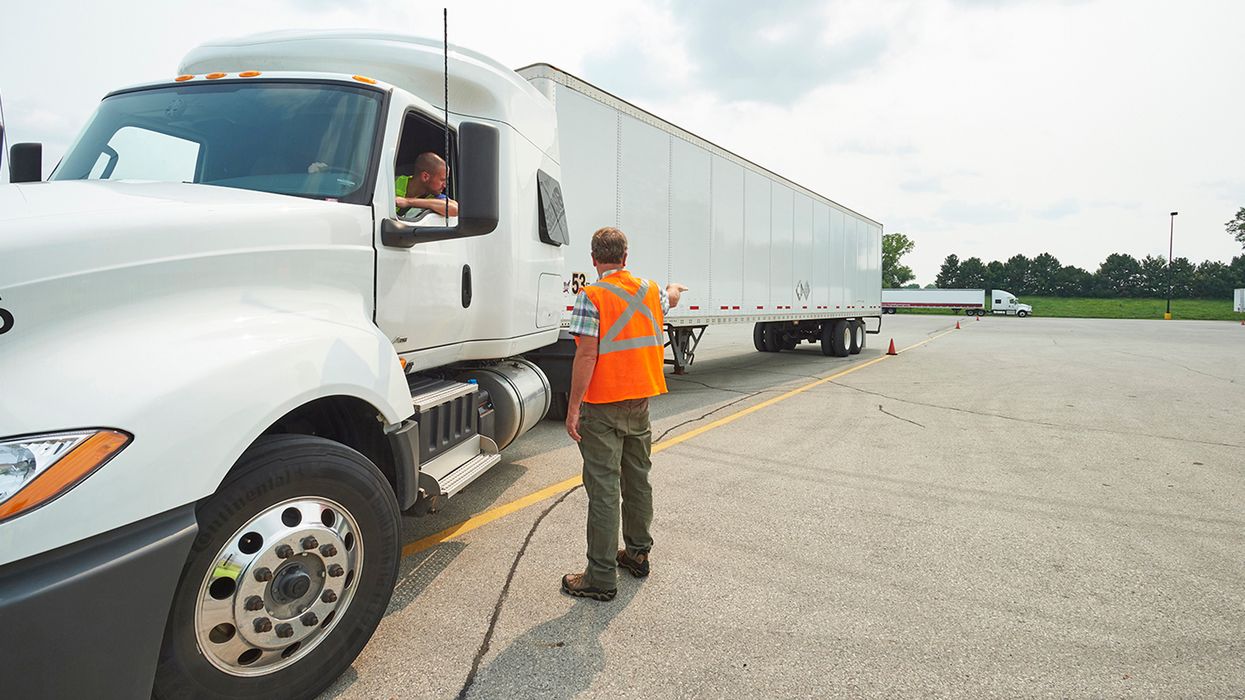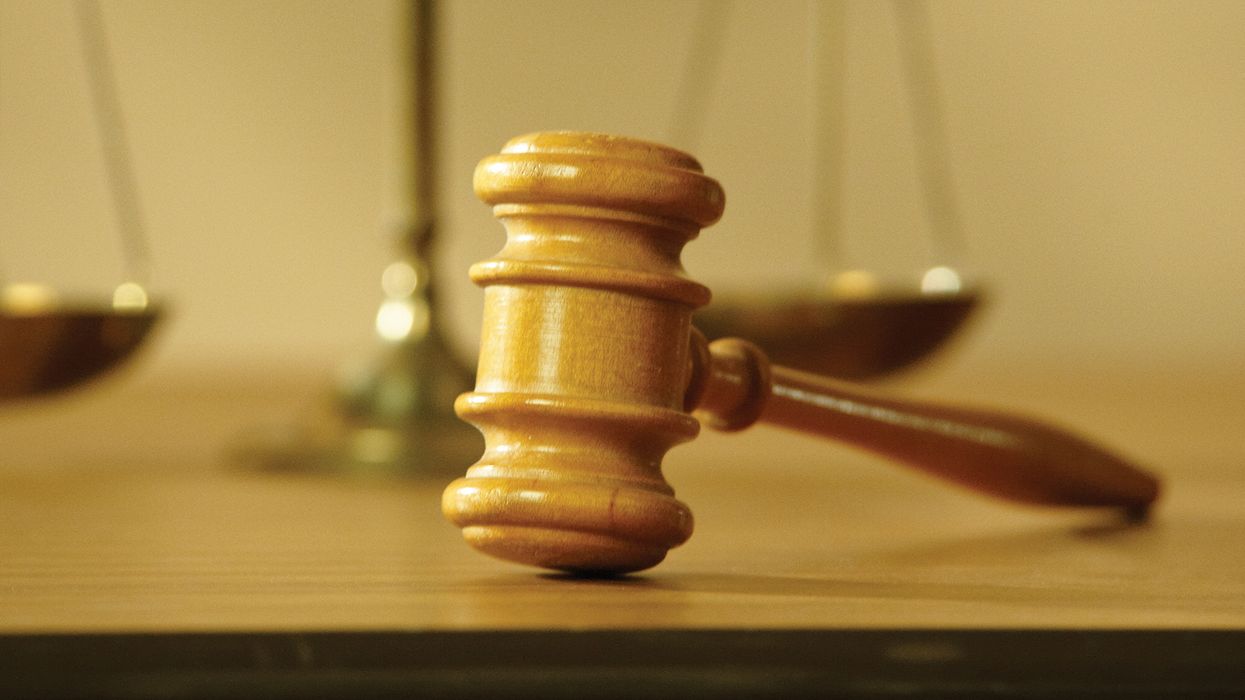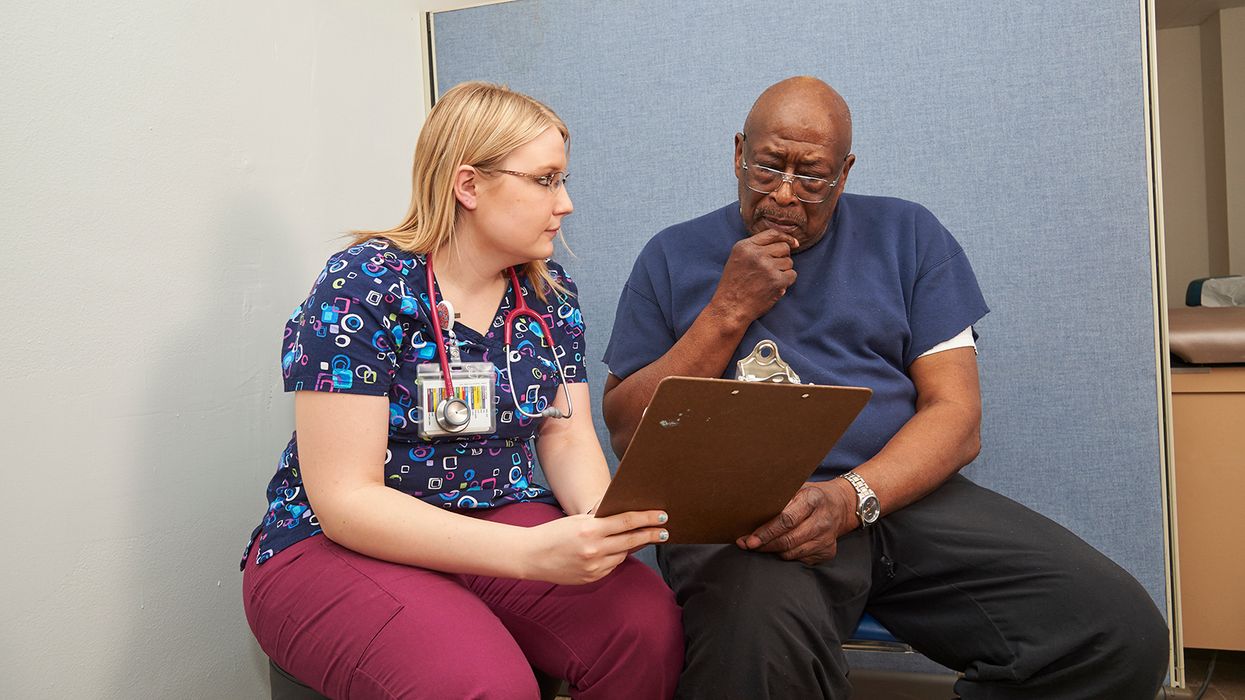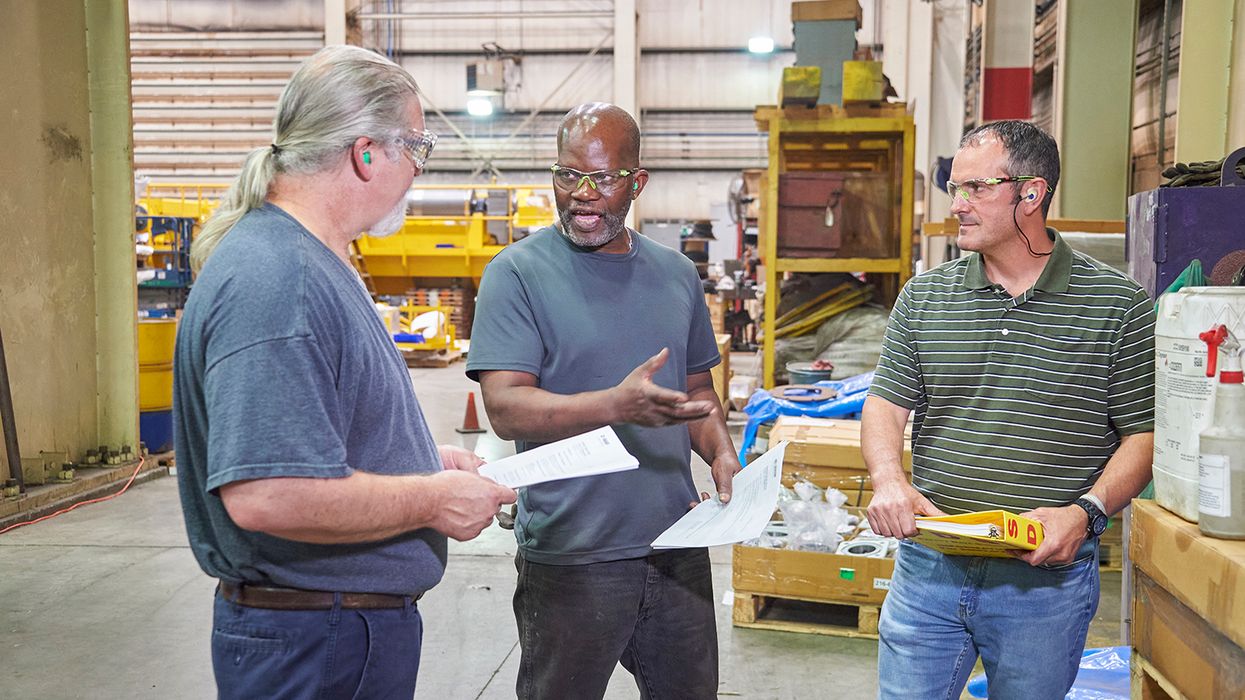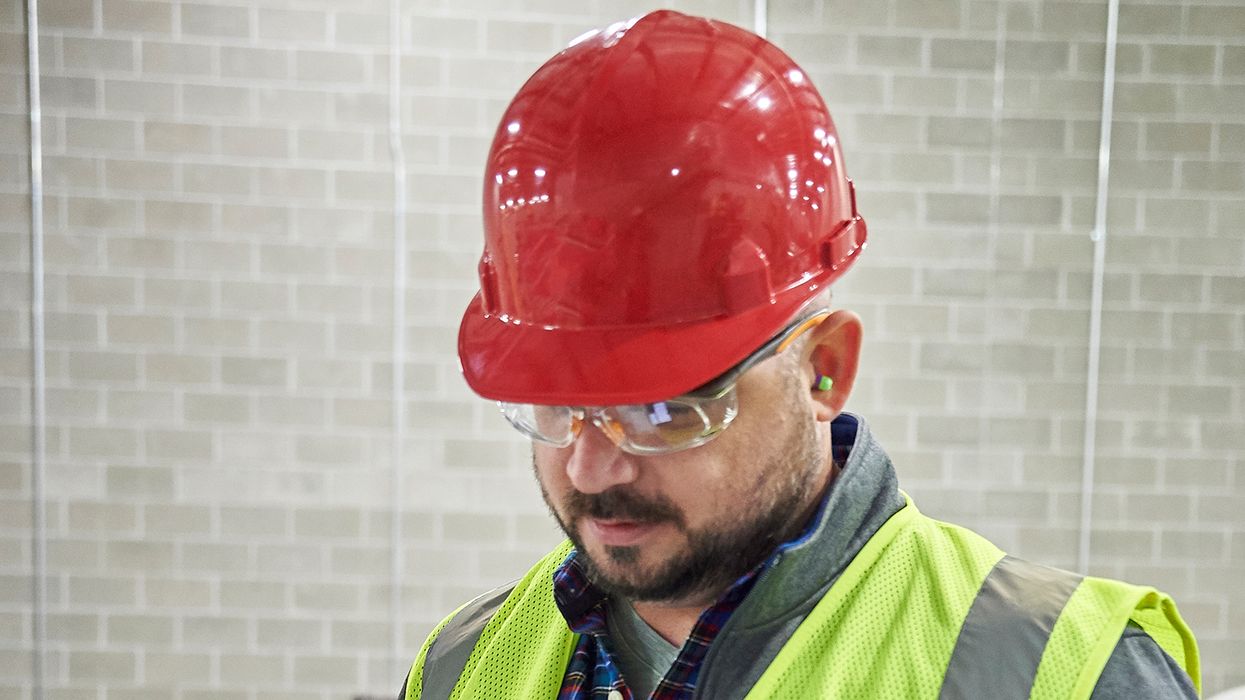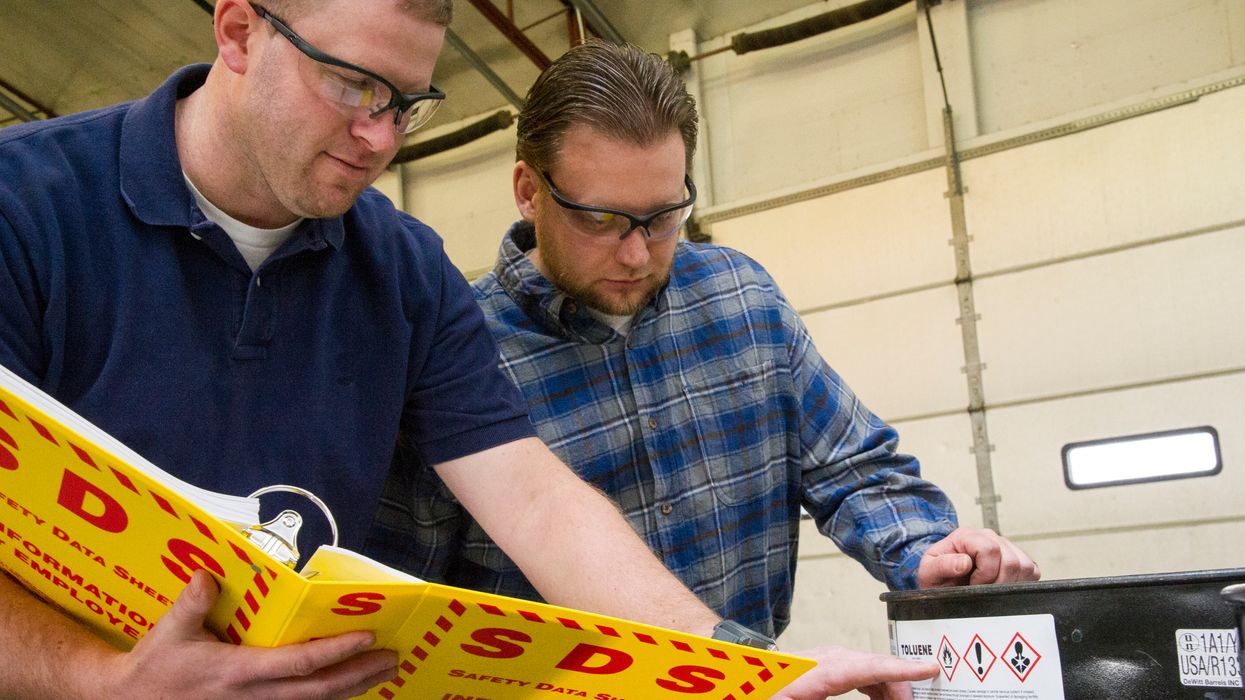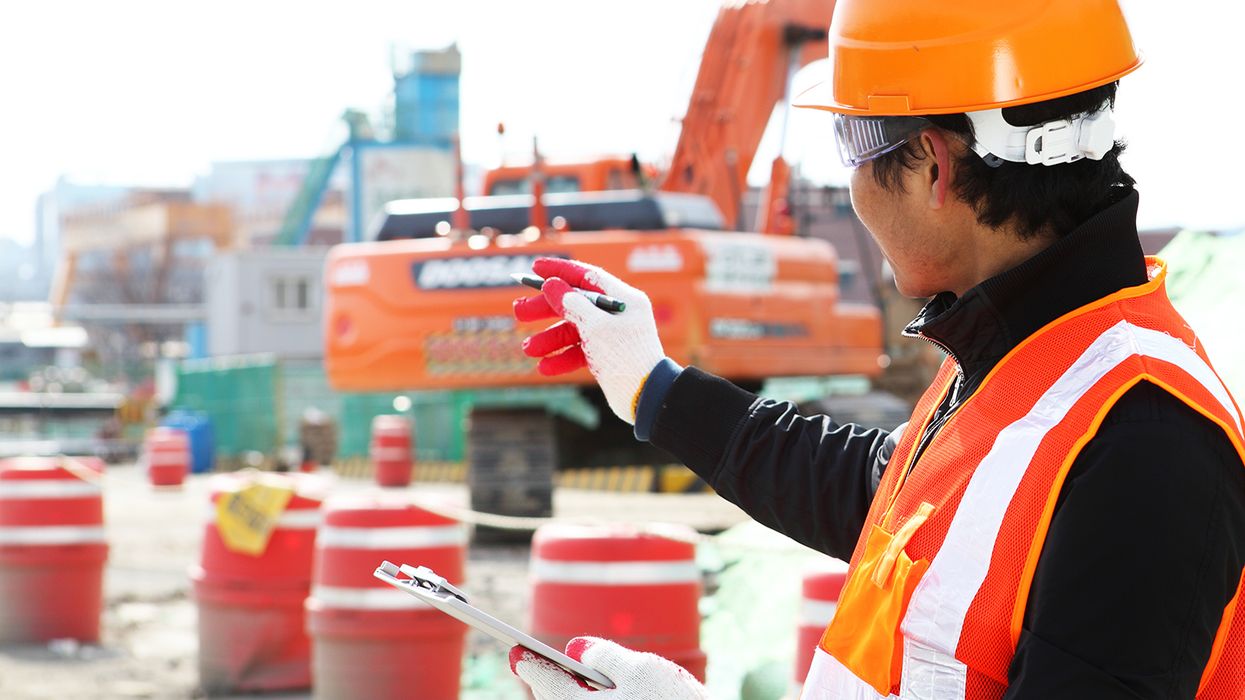3 tips to ramp up driver recruiting efforts
What does Fort Lauderdale, Florida have in common with the nation’s truck driver shortage? This sunny southern city has roughly a population equivalent to the estimated driver shortage expected next year.
According to an online commercial driver recruiting website, CDLjobs.com, by next year carriers will be faced with an estimated deficit of 175,000 drivers.
Now is the time to ramp up recruiting efforts to prepare for this looming shortage.
3 tips for improving driver recruitment
- Revamp the referral program. Whether starting from scratch or dusting one off, having a solid referral program in place is the first step. Who better to help find drivers than current drivers? Make sure the program offers decent incentives and reassure current drivers that they won’t lose out on loads to new drivers coming on board. In fact, let them know the opposite is likely true. With a full staff of drivers in place, a carrier can take on even more work.
- Update the company website. No one likes seeing old photos or dated statistics on a website. Potential drivers likely will do some online scouting before applying. Make sure company website images are current and visually appealing. New trucks? Show them off in photos! Updated technology? Let drivers know. Highlight other aspects that might appeal to a driver, such as quotes from other (happy) drivers, lists of company perks and benefits, and anything else to set the company apart in a positive light. Also, mention any driver training reimbursement for obtaining a commercial driver’s license (CDL) for those not currently in the industry and looking for a different career.
- Put the drivers’ needs first. Throughout the recruiting and hiring process, look through the lens of the driver. Listen to their wants and needs when determining if they’ll be a good match for the company. Be sincere, honest, clear, and empathetic. Avoid giving false promises — whether about the amount of time they’ll be at home or the routes they’ll be assigned. A driver who gets fooled during the hiring process likely won’t stick around. And once that trust is broken, they might share their negative experiences with other potential drivers, making it harder to refill open positions.
When it comes down to it, despite all the technology and industry advances, commercial truck driving is about people — finding qualified people to be safe drivers delivering loads across the country.
And by following these three tips, carriers might be able to find at least some of the 175,000 people needed to keep freight moving next year.
Key to remember: Driver recruiting and hiring is an ongoing challenge. These tips might help carriers fill open positions.





